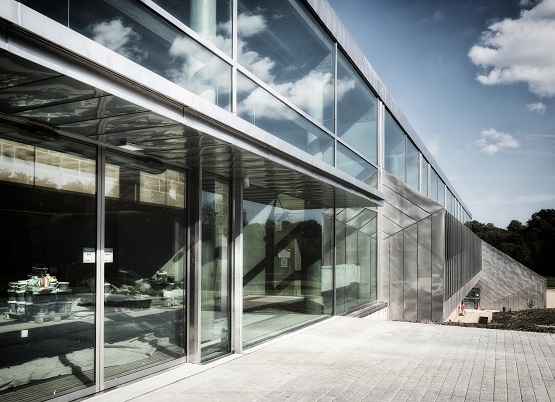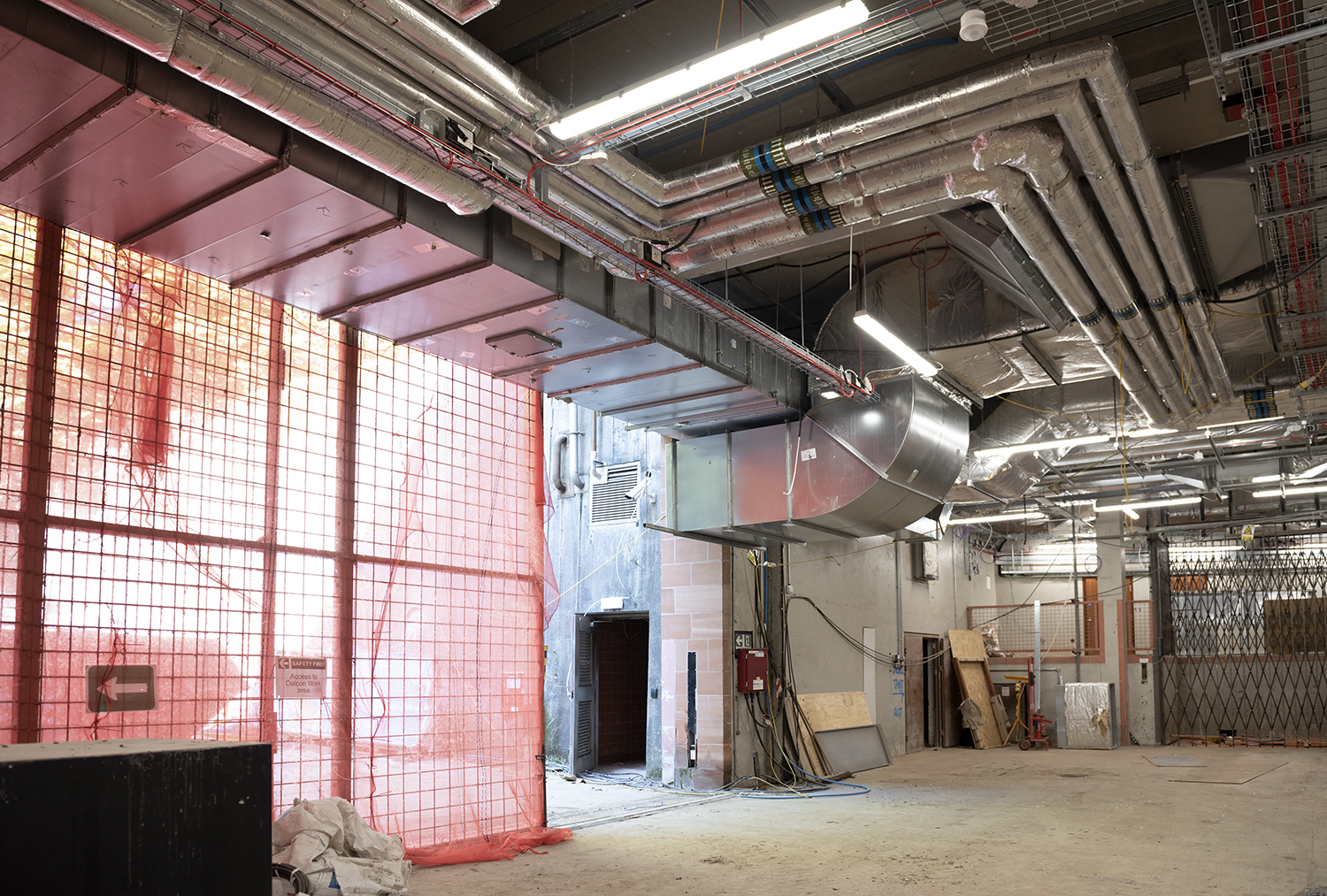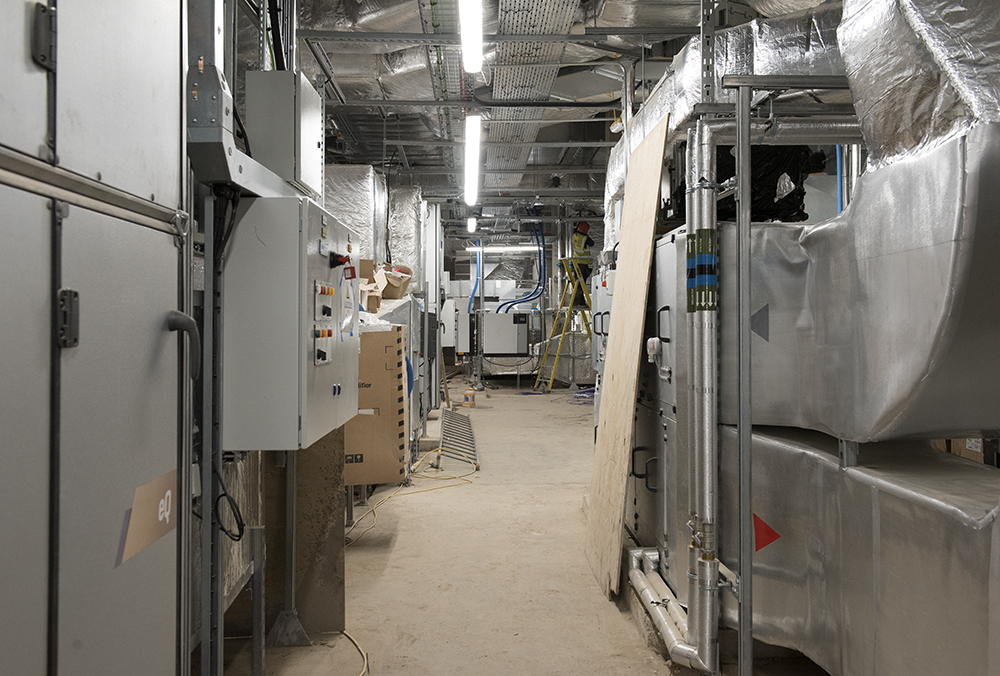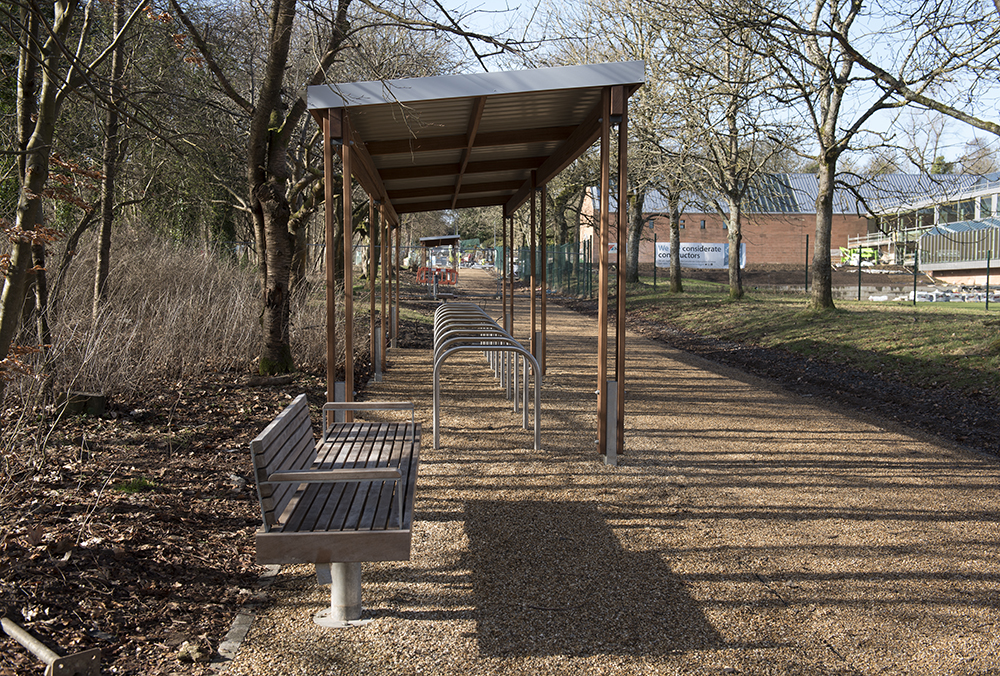The Burrell Collection is reaching new standards in sustainability
[edit] The Burrell Collection, in Glasgow, Scotland, will reopen next March (2022) in a refurbished and reimagined A-listed building that will help set new standards for sustainability in museums.
The ambitious redisplay of one of the greatest global art collections ever amassed by one person, is taking place inside an improved and upgraded building for the future, charity Glasgow Life has confirmed.
The Burrell Collection closed to the public in 2016 for the refurbishment which has been taking place since then. Shutdowns of the site and new practices introduced because of the global pandemic caused delays.
The refurbished building, with new gallery spaces, displays and facilities will be an exemplar of sustainable low carbon design. The museum’s environmental performance has been enhanced by greatly improving the building’s exterior and by replacing power, heating and lighting systems with more efficient sustainable technologies. Subject to formal validation, it is anticipated that a BREEAM rating of Excellent will be achieved.
Glasgow City Council leader, Councillor Susan Aitken said: “The Burrell Collection is globally appreciated for its breadth, beauty and exceptional quality. Glasgow’s ambition is to give it the home it needs for the generations to come, giving the objects a more secure environment, while at the same time being more sustainable. The changes made to the fabric of the building to make it more air-tight and water-tight, and new glazing make it far less susceptible to changes in heat, and the upgrades of plant and systems means the building will be far more efficient, and able to take advantage of new technologies in the future to lessen its impact further. The project is realising a new, more sustainable future for The Burrell Collection and will keep searching for ways to improve the building’s performance further when it opens.”
Working to a design by John McAslan + Partners and with the services and energy strategy developed by Atelier 10, the building’s environmental performance and sustainability has been improved by:
- Repairing and replacing the glazing and the roof to improve the thermal envelope performance by approximately 50%. This is critical for a museum due to the stringent temperature and humidity control needed for conservation.
- The new facades thermal credentials are further improved through an enhanced air permeability performance that exceeds that expected of most new buildings.
- Enhancing the energy performance of key central plant items such as air handling units, pump sets and lighting controls.
- Installing new intelligent controls to result in ventilation based on demand, allowing the air handlers to slow down or switch off when air treatment is not required.
- Variable flow chilled and hot water distribution helping deliver water for heating and cooling as and when needed.
- New chillers with heat recovery reclaiming waste that would otherwise be disposed of in the atmosphere now being used to heat the entrance.
- A high degree of metering providing a better understanding of where energy is being used.
- New low energy lighting systems and improved controls.
- More than 80 separate energy use monitors checking the performance of the building.
- World leading energy modelling experts, Integrated Environmental Solutions, will continue to model the most effective energy performance for ongoing sustainability post-opening.
- A large array of solar panels generates a peak electricity supply of 140kW to provide carbon-free power to both the building and electric vehicles within the wider Pollok Country Park.
- New onsite energy storage through an integrated battery to maximise solar panel provision and to provide resilience.
- Display structures designed to be flexible and reusable making them more sustainable, but also easier to change in response to new research and audience interest.
Over and above the retention of the main superstructure, all materials removed from the building were recycled, including stainless steel cladding, insulation and all of the glass. Overall 3,120m2 of glass was removed from site and recycled. The estimated saving from this is 27.53 tonnes of carbon dioxide – the equivalent of driving between Glasgow and London 118 times.
David Cameron, Director of Atelier Ten said: “Transforming a Grade-A listed museum building of national importance such as The Burrell Collection brings many challenges but the aim of producing an environmental responsive and low energy solution always gave momentum to meet and overcome these challenges. The refurbishment of the façade: the very skin of the building, which acts to protect the interior environment against Glasgow’s notoriously inclement weather, demonstrates the significant work which has gone into improving the building. Thermal performance is being enhanced by approximately 50% as a result of the changes made, cloaking the building in a protective 'jacket' for the foreseeable future and ensuring the exceptional collection is kept in the best conditions.”
Pollok Country Park’s Active Travel Management Plan, which has been developed alongside the building refurbishment, will improve access to The Burrell Collection, the park and its other attractions, for visitors travelling by public transport, bike or on foot. This delivers an improved path network and associated signage, bike hire and bike racks, an electric shuttle bus, as well as electric car charging points.
[edit] Related articles on Designing Buildings
Featured articles and news
Government consultations for the summer of 2025
A year of Labour, past and present consultations on the environment, the built environment, training and tax.
CMA competitiveness probe of major housing developers
100 million affordable housing contributions committed with further consultation published.
Homes England supports Greencore Homes
42 new build affordable sustainable homes in Oxfordshire.
Zero carbon social housing: unlocking brownfield potential
Seven ZEDpod strategies for brownfield housing success.
CIOB report; a blueprint for SDGs and the built environment
Pairing the Sustainable Development Goals with projects.
Types, tests, standards and fires relating to external cladding
Brief descriptions with an extensive list of fires for review.
Latest Build UK Building Safety Regime explainer published
Key elements in one short, now updated document.
UKGBC launch the UK Climate Resilience Roadmap
First guidance of its kind on direct climate impacts for the built environment and how it can adapt.
CLC Health, Safety and Wellbeing Strategy 2025
Launched by the Minister for Industry to look at fatalities on site, improving mental health and other issues.
One of the most impressive Victorian architects. Book review.
Common Assessment Standard now with building safety
New CAS update now includes mandatory building safety questions.
RTPI leader to become new CIOB Chief Executive Officer
Dr Victoria Hills MRTPI, FICE to take over after Caroline Gumble’s departure.
Social and affordable housing, a long term plan for delivery
The “Delivering a Decade of Renewal for Social and Affordable Housing” strategy sets out future path.
A change to adoptive architecture
Effects of global weather warming on architectural detailing, material choice and human interaction.
The proposed publicly owned and backed subsidiary of Homes England, to facilitate new homes.
How big is the problem and what can we do to mitigate the effects?
Overheating guidance and tools for building designers
A number of cool guides to help with the heat.
The UK's Modern Industrial Strategy: A 10 year plan
Previous consultation criticism, current key elements and general support with some persisting reservations.
Building Safety Regulator reforms
New roles, new staff and a new fast track service pave the way for a single construction regulator.





























